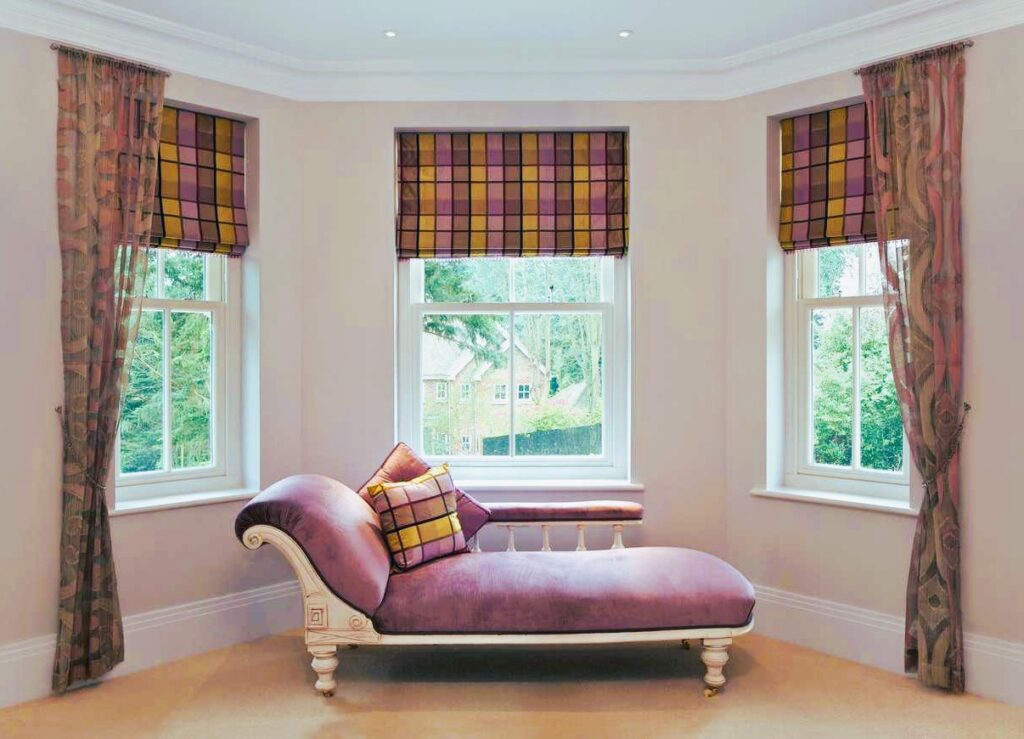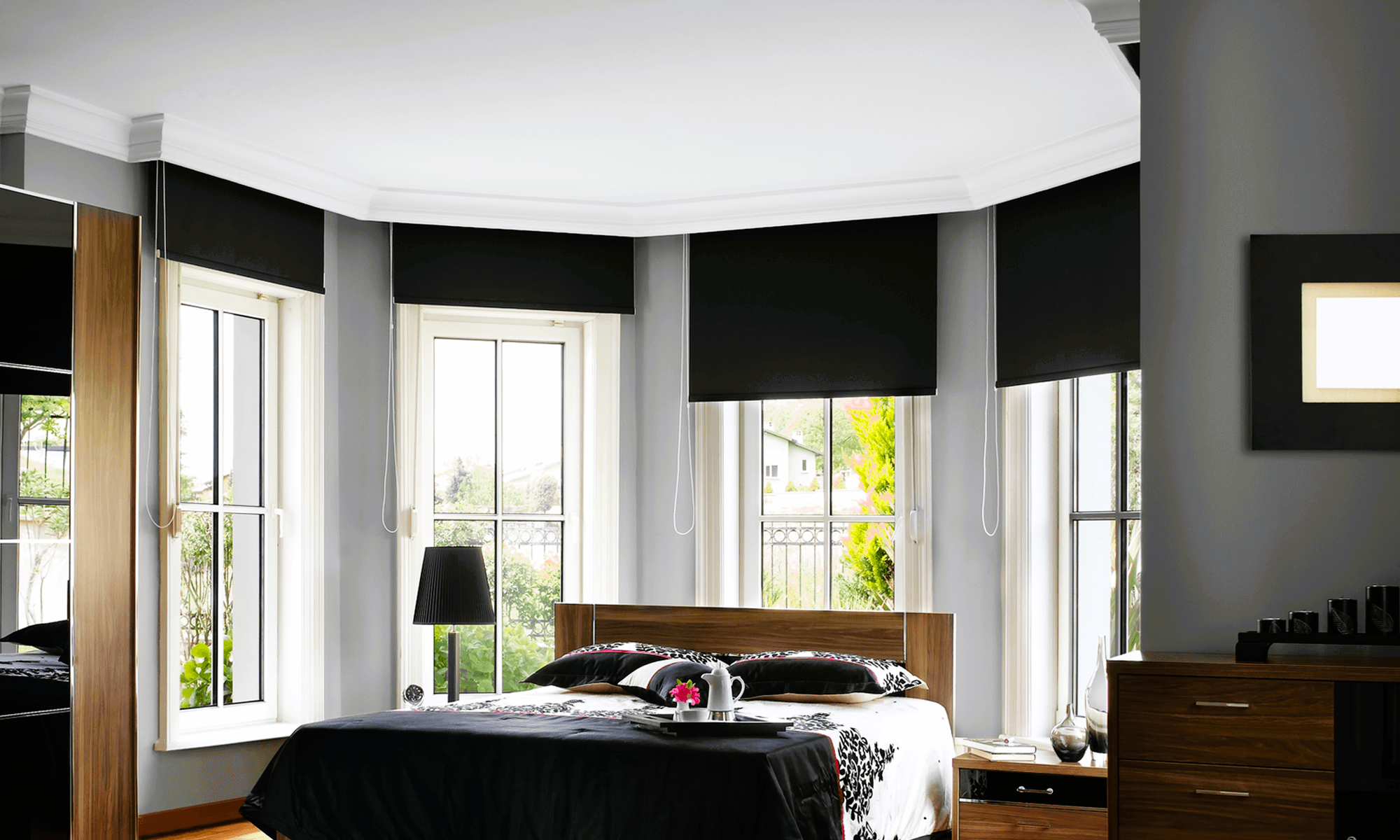In the realm of architecture and interior design, few elements are as captivating and versatile as bay windows. These architectural marvels not only enhance the exterior of a building but also transform interiors by flooding them with natural light and providing panoramic views. With their timeless appeal and functional advantages, bay windows have become a cherished feature in both traditional and contemporary designs. In this article, we will delve into the world of bay windows, exploring their various styles, benefits, and how standardization ensures their structural integrity.
Bay Windows: An Architectural Symphony
Bay windows are a type of window structure that protrudes outward from the main walls of a building, creating a bay or alcove within a room. Their origin can be traced back to medieval times when they were primarily used for defensive purposes, offering a wider view of the surroundings. Over the centuries, bay windows evolved into a harmonious blend of aesthetics and functionality.
These windows are designed to serve several purposes:
- Natural Light: Bay windows allow sunlight to permeate deeper into a room, reducing the need for artificial lighting during daylight hours.
- Expansive Views: The projection of bay windows provides an extended view of the outdoor landscape, enhancing the connection between indoor and outdoor spaces.
- Architectural Character: Bay windows add a touch of architectural elegance to a building’s facade, contributing to its curb appeal and uniqueness.
Styles of Bay Windows
Bay windows come in various styles, each with its own distinctive features and characteristics:
- Oriel Windows: Oriel windows are a classic example of bay windows and are often supported by brackets or corbels. They project from the upper floors of a building and are particularly popular in historical and European architecture.
- Box Bay Windows: Box bay windows are known for their clean lines and rectangular shape. They often extend from the ground level to the roofline and are commonly found in modern designs.
- Bow Windows: Bow windows consist of multiple panels that create a curved appearance. They offer a more rounded projection compared to the angular projection of traditional bay windows. Make yourself known with the help of panoramic windows, we have collected design ideas and inspiration for you, read more here.
Benefits of Bay Windows

Bay windows offer numerous benefits that contribute to the overall functionality and aesthetics of a space:
- Increased Natural Light: The expanded glass area of bay windows allows more sunlight to enter the room, creating a brighter and more inviting environment.
- Extra Space: The alcove created by bay windows can be used as additional seating, a reading nook, or a display area for plants and decor.
- Improved Ventilation: Bay windows often have operable panels that can be opened to facilitate better airflow and ventilation.
- Architectural Interest: Bay windows enhance the exterior appearance of a building, adding architectural character and depth to the facade.
Standardization and Safety
The design, construction, and installation of bay windows are subject to standardization guidelines to ensure safety and structural integrity. Organizations such as the American Architectural Manufacturers Association (AAMA) and the National Fenestration Rating Council (NFRC) establish standards that govern the performance and quality of window products.
Relevant Links:
- Wikipedia: The Wikipedia page on “Bay Window” provides insights into the history, design, and variations of bay windows.Website: Wikipedia – Bay Window
A Timeless Architectural Gem
Bay windows are an architectural gem that bridges the gap between indoor comfort and outdoor beauty. Their ability to bring natural light, expansive views, and architectural character to both residential and commercial spaces makes them a cherished feature in the world of design. By adhering to standardization guidelines, architects and homeowners can ensure that bay windows are not only visually stunning but also safe and durable, allowing these captivating structures to stand the test of time.

